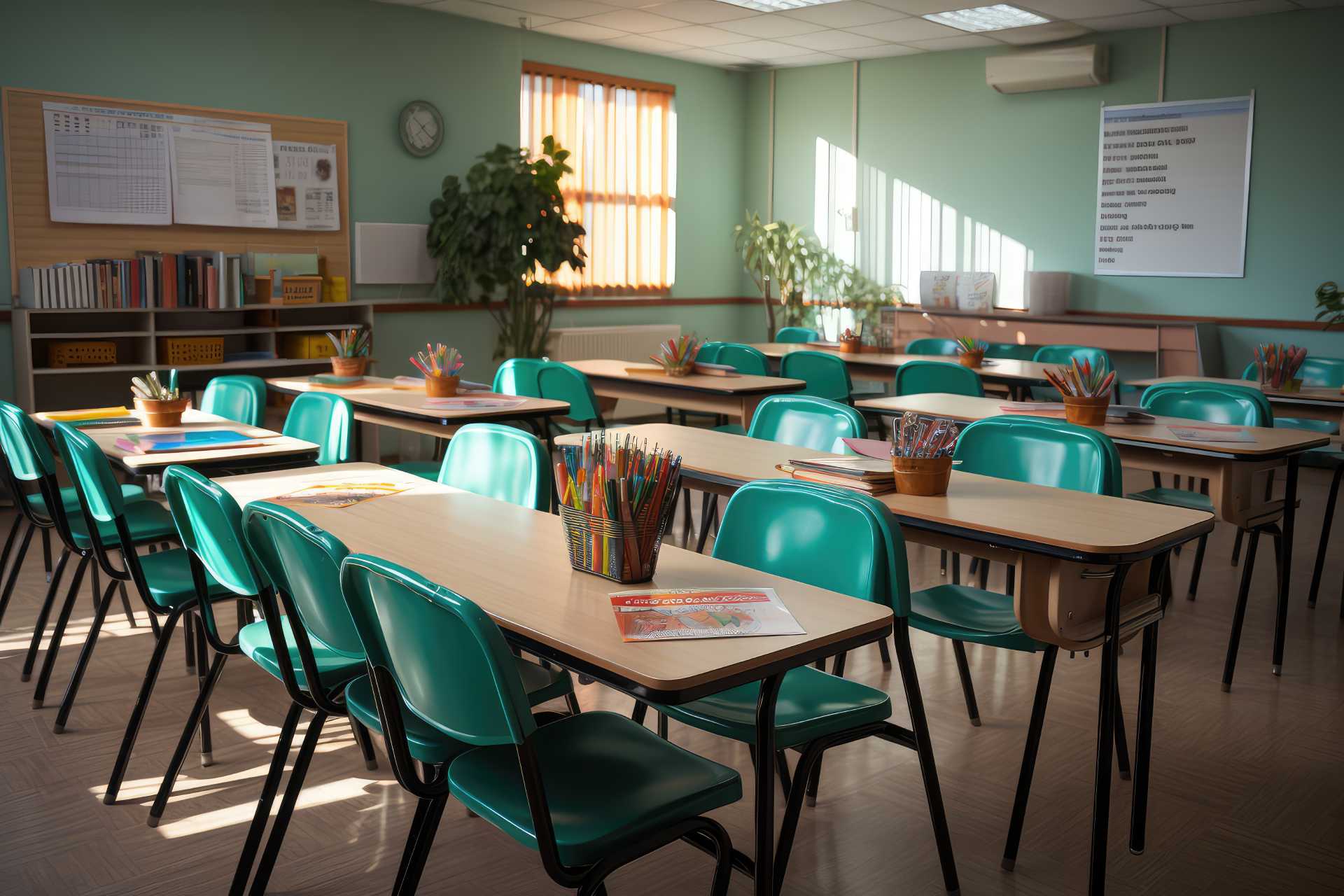It’s tempting to think that open-plan classrooms are a modern invention, but New Zealand first experimented with them back in the 1970s, well before the MLE buzz of recent times. By the mid-1970s, over 200 open-plan units had sprung up in primary and intermediate schools. Yet, within a decade, many had put the walls back up, as teachers and principals struggled with issues such as noise, task management, and distraction.
The Resurgence of Modern Learning Environments
Fast forward to the late 2010s, and Modern Learning Environments (MLEs) experienced a resurgence under the Ministry of Education’s push, aligning with the New Zealand Curriculum’s call for inquiry, flexibility, and connected learning. Schools welcomed open, flexible layouts that seemed perfectly suited to collaborative teaching, at least in principle.
A Shift Away From Fully Open Spaces
However, as the dust settled, we can now see that open-plan isn’t the one-size-fits-all solution many had hoped it would be.
Education Minister Erica Standford recently confirmed what many school leaders and teachers have long been saying – open-plan classrooms, while well-intentioned, are not always practical in a real-world teaching environment. As of July 2025, no new fully open-plan classrooms will be built in New Zealand schools, even if requested. Instead, the Ministry of Education is adopting a back-to-basics approach, favouring “standard designs with flexibility.”
This means modular classrooms, walls that can open or close, and spaces that work with, not against, the natural rhythms of teaching and learning.
Balancing Flexibility with Practicality
That’s not to say the underlying philosophy behind MLEs is being abandoned altogether. Collaboration, student engagement, and flexible teaching styles remain at the heart of good practice. However, there’s now a greater awareness that space design must support pedagogy, rather than hinder it.
Many schools have trialled open learning spaces. Reports indicate that, while the benefits of co-teaching and group learning are sufficient, these can only work when there is strong professional cohesion and robust behavioural systems in place.
Dr Paul Heyward on Open-plan Learning
Dr Paul Heyward, head of initial teacher education in the Faculty of Arts and Education at the University of Auckland, says that in the right conditions, open-plan environments can offer meaningful benefits.
“The expansion of open-plan learning environments has, by necessity, required more collaboration between teachers in the planning, implementing, and assessing of their learning programmes,” he explains.
“When this increased collaboration results in more thorough analysis of next steps for learning, greater utilisation of individual teacher strengths in instruction, and flexible learning programmes that provide ākonga with space to develop into rational, self-determining human beings, then open-plan learning environments can be of great value to learners and teachers alike.”
However, Heyward acknowledges the flip side. “They are not so successful when teachers working in the same space have philosophical differences about how children learn best, approach classroom management differently, or simply do not get along. In these cases, the learning experience for ākonga is compromised, and job satisfaction for teachers is eroded.”
He has seen both ends of the spectrum. “I have seen open-plan learning environments where it is clear that the high noise level is distracting to students, distressing to some neurodivergent students, and frustrating to kaiako. However, I have also spent time in these spaces, impressed by the industrious buzz of engaged learners and the high quality of individualised instruction given by teachers.”
Lessons from Active Learning Classrooms
International research has shown some promising outcomes in Active Learning Classrooms (ALCs), a wider concept that includes open or semi-open spaces. Students report higher engagement, increased movement, and more dynamic interactions. But these benefits can be compromised if the space isn’t acoustically designed or if the layout doesn’t allow for quiet, focused work when needed.
In other words, flexibility is still key, but it must be thoughtfully executed.
Preparing New Teachers for Complex Environments
This shift has also had implications for how new teachers are prepared to navigate the modern teaching environments. According to Heyward, many student teachers begin with a focus on working with children, but open-plan teaching requires strong professional relationships between adults as well.
“Many student teachers understandably begin their journey thinking mainly about their future interactions with children, since that is the visible heart of teaching,” he says. “However, a large part of the role involves working with other adults – colleagues, mentors, leaders, whānau/families, outside agencies, and community partners. When student teachers are placed in open-plan learning environments, the potential for personal or professional differences with colleagues is increased.
“They are not just working with one mentor teacher in a single-cell classroom; they are now required to fit into the dynamics of a wider teaching team.”
In response to this, the University of Auckland has begun placing greater emphasis on preparing student teachers for complex environments. “As teacher-educators, we have needed to place greater emphasis on helping our student teachers develop and sustain professional relationships in increasingly complex learning environments,” Heyward says.
“My colleague, Associate Professor Fiona Ell, and I are currently undertaking a research project on the kinds of ethical dilemmas experienced by student teachers and mentors in the practicum environment. The aim of this project is to better prepare both student teachers and their mentors to navigate professional concerns and differences with greater respect and understanding.”
Embracing a Hybrid Classroom Model
As for the Ministry’s recent shift away from open-plan builds, Heyward welcomes the move towards flexibility. “I went to primary school in the 1970s, and I remember a new structure being built at my school that was seen by our principal as the future of school architecture: an open-plan learning environment! When I returned to my former primary school as a student teacher in the late 1980s, the open-plan learning space had been transformed into a block of individual single-cell classrooms.
“It therefore felt somewhat nostalgic to see the process reversed in the mid-teens, as nearly every school I visited was knocking down walls between individual classrooms to create open-plan spaces.
“While I see no value in the walls going up again, I do think new builds need to provide flexibility to meet the diverse learning needs of students and the pedagogical autonomy of schools to organise for effective learning. I am broadly in favour of this shift.”
Looking at the big picture, Heyward believes physical design alone doesn’t make or break educational success. “Physical design changes don’t automatically produce better learning – the pedagogy and professional relationships matter more.”
The Future of Classroom Design in New Zealand
What is coming next for New Zealand schools is something of a hybrid model: spaces that are adaptable but not entirely open. Think sliding glass doors, breakout areas, and a classroom that can function independently or be joined together depending on the requirements of the lesson. The government’s updated standard designs will prioritise acoustic control, lighting, and teacher usability.
It’s clear that good teaching isn’t dictated by how many walls a classroom has, but by whether the space supports the people inside of it. Teachers need to be heard, students need to be focused, and design needs to follow practical function, not trend.




